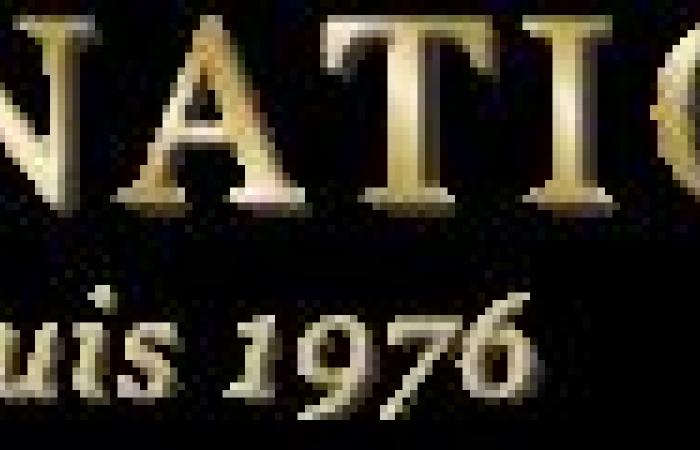
When numbers speak for themselves, they often reveal fascinating secrets. The French gold market is no exception to the rule. Will you be surprised by its scale and the diversity of its investors ?
The scale of the gold market in France: volumes and values exchanged
France stands out for its annual gold consumption of around 20 tonnes, a figure which testifies to the vitality of the French market for this precious metal. The multi-faceted gold sector extends from industrial uses to financial investments, including jewelry, where it remains a preferred material.
A dynamic and diversified market
In the world of precious metals, gold occupies a central place. It is the pillar of a global economy varied and cyclical. In France, the sector is not limited to consumption; it also includes significant activity in recycling and transformation through specialized companies.
The notable figures
Internationally, daily transactions on the gold market reach dizzying heights with more than 180 billion dollars exchanged every day. For comparison, this represents a trading volume far exceeding that of cryptocurrencies such as Bitcoin.
Here are some notable figures:
- French demand for coins and bars reached almost 6 tonnes in 2022.
- The French electronics industry benefits greatly from exceptional properties gold for its components.
- A notable increase in French gold imports was observed post-pandemic, reflecting a renewed interest for this noble metal.
In-depth sector analysis
A careful examination of the market reveals that jewelry remains the sector dominant in terms of annual demand for gold. But beyond its brilliance in the jewelry world, gold also plays a key role as safe haven for French investors. Price fluctuations directly influence physical demand as well as that linked to jewelry. They also appear to be affected by current trends, general economic confidence and consumer purchasing power.
This detailed analysis offers a comprehensive vision of the French gold landscape: its current scale and future prospects are crucial to understanding strategic movements within the national market, but also their impact on the overall economy. A captivating subject which continues to arouse interest and speculation among informed investors as well as amateurs passionate about this unalterable symbol of wealth.
The profile of French gold investors: demographics and behaviors
If we look at the demographics of French gold investors, we discover a rich and nuanced picture. Far from being confined to an elite or a specific age group, the attraction for the precious metal transcends generations and socio-professional categories.
Diversity of gold holders
Statistics reveal that the average wealth in gold of the French is much more than a simple line on a financial balance sheet. It is a cultural and economic heritage that endures despite the vicissitudes of time. From historical coins such as the Napoleon 20 francs to more contemporary bars, each gram of gold hoarded tells a personal or family story.
Investment Behaviors
Interest in gold as an investment has not diminished over time. Rather, it appears to be experiencing a notable resurgence with rising global economic uncertainty. However, it is not only the safe haven of gold that is attractive; it is also its ability to embody a certain prestige and to confer timeless assurance.
Here are some interesting observations:
- Recent developments show that the French favor the purchase of coins and bars, while demand for jewelry tends to stall.
- The share of French savings devoted to gold remains modest but significant, reflecting patrimonial wisdom.
- This yellow metal attracts both by its potential for recovery and by its tangible and reassuring aspect.
This diversification in the choice of assets reflects an increased awareness of the risks associated with traditional investments. The balance found between cash, stocks and precious metals underlines a deep desire for financial autonomy as well as a search for stability in a constantly changing economic world.
Ultimately, examining the profile of French gold investors offers us a fascinating insight not only into their personal preferences but also into their strategic vision of the financial future. Between caution and passion for this metal eternally covetedthey continue to weave their fabric into the great national gold history.
Economic impact and future prospects of the gold market in France
The brilliance of gold is not limited to its visual appearance; it also stands out for its considerable influence on the French economy. This precious metal, which has survived the ages without ever losing its splendor, continues to occupy a special place in the hearts of investors and artisans.
An essential economic vector
Within France, the gold industry stands out for its contribution active to economic dynamism. The jewelry industry, emblem of French know-howgenerates not only a significant turnover but also international cultural influence. The reputation of French designers is well established: each piece sold is the symbol of excellence recognized in the four corners of the globe.
Future prospects for the gold sector
Faced with fluctuating global demand and the challenges posed by financial market volatility, the French gold market appears to be navigating cautiously towards promising horizons. Experts scan economic indices and global trends to anticipate future movements in the price of gold.
Some interesting projections:
- Growing interest in gold recycling could usher in a new era of sustainable mining.
- Technological innovations in electronics could increase demand for industrial gold.
- French Guiana, with its still underexploited reserves, could play a key role in strengthening national gold production.
This precious metal thus represents a tremendous opportunity for France, not only as a potential source of income but also as a strategic lever for its industrial development and its prestige artisanal.
Ultimately, although economic events can temporarily influence its market value, gold retains a preponderant place in our national economic landscape. Its ability to reinvent itself and adapt to the varied needs of modern industries portends a future where it will continue to shine brightly within our national heritage.
Back





